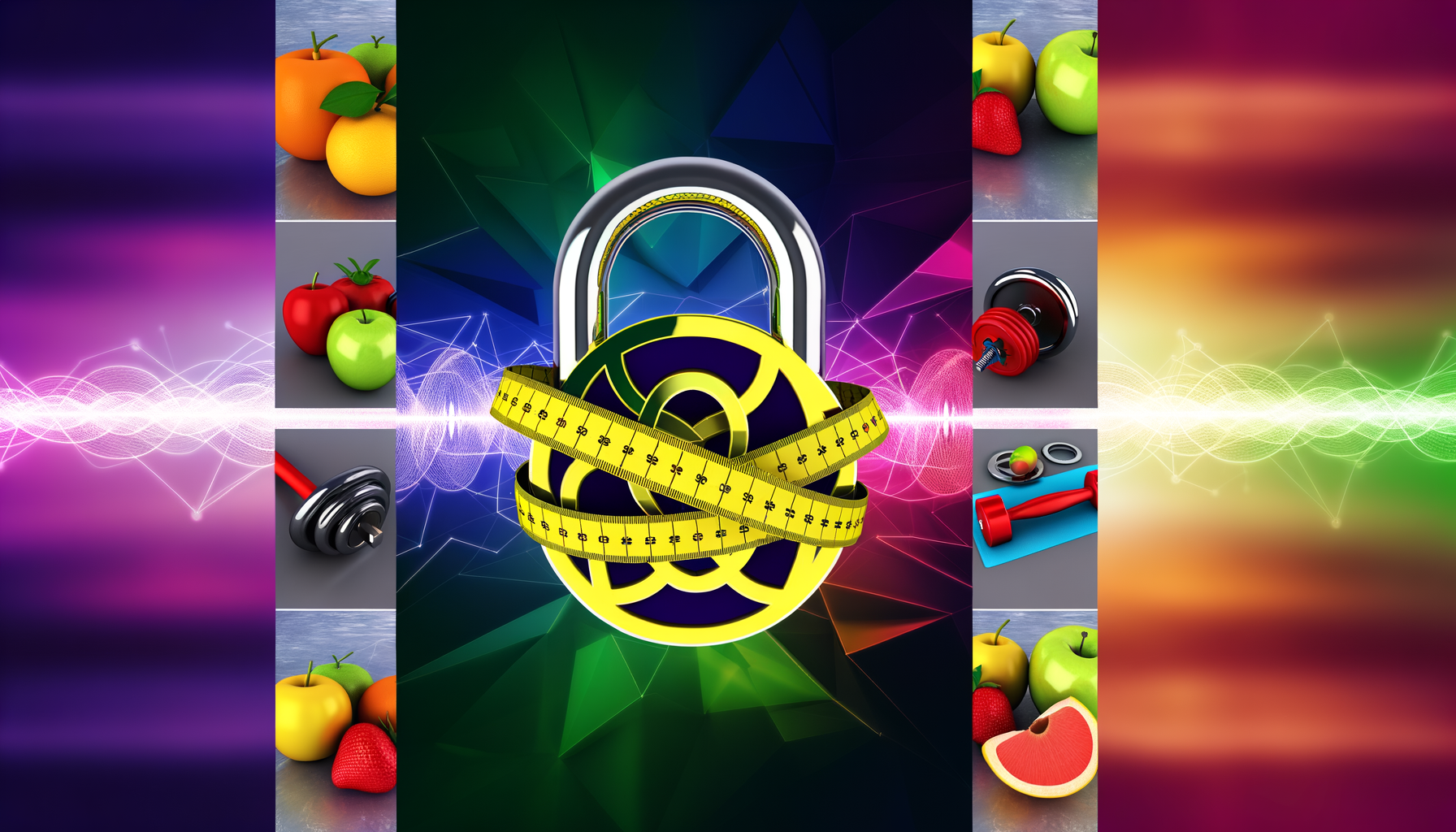How to Educate Clients on Calorie Needs with Interactive Tools
Empowering Client Education: The Role of Interactive Tools in Understanding Calorie Needs
When it comes to helping clients achieve their health and fitness goals, understanding calorie needs is crucial. However, traditional methods of calorie education can often be dry and ineffective. This is where interactive tools come into play, offering a dynamic and engaging way to educate clients about their calorie requirements. In this article, we will explore how interactive tools can enhance client education and provide actionable insights for health and fitness professionals.
The Importance of Calorie Education
Calories are the fundamental unit of energy in nutrition, and understanding how they work is essential for any health or fitness goal. Whether clients are aiming for weight loss, muscle gain, or simply maintaining a healthy body weight, tracking calories is a key component of their journey.
For instance, an average man needs around 2,500 calories a day to maintain a healthy body weight, while an average woman requires about 2,000 calories. However, these values can vary significantly based on factors such as age, size, and levels of physical activity.
Limitations of Traditional Education Methods
Traditional methods of nutrition education, such as pamphlets and flip charts, have been widely used but often fall short. These tools are perceived as impersonal, outdated, and limited in their ability to engage clients effectively.
Moreover, studies have shown that clients frequently misinterpret specific terms found in nutritional guidelines, such as "serving size," which can lead to inaccurate calorie tracking. This highlights the need for more innovative and interactive educational tools.
The Power of Interactive Tools
Interactive tools offer a modern and effective way to educate clients about their calorie needs. Here are some examples of how these tools can be leveraged:
Visual and Color-Coded Tools
Visual tools, such as color-coded food exchange lists, have proven to be highly effective in helping individuals with low literacy levels plan healthy meals. These tools rely on visual techniques rather than complex terminology, making them easier to understand and use.
For example, a modified exchange list system that uses colors to represent different food groups can help clients quickly identify the types of foods they should be consuming. This approach has been shown to improve diet planning and adherence to nutritional recommendations.
Digital Nutrition Education Tools
Digital tools are increasingly preferred by dietitians and health educators due to their user-friendly nature and ability to provide instant feedback. These tools can include mobile applications, online platforms, and software designed specifically for nutrition coaching.
Apps like MyPlate, LifeSum, and MyFitnessPal offer comprehensive solutions for nutrition and fitness tracking. They provide features such as daily nutrition charts, custom weight and nutrition goal tracking, barcode scanning for food items, and integration with wearable devices.
These digital tools not only make it easier for clients to track their calorie intake but also enable health professionals to monitor progress and provide personalized feedback more efficiently.
Case Studies and Real-World Examples
A study conducted among dietitians in Malaysia highlighted the preference for digital nutrition education tools over traditional physical tools. The study found that digital tools were favored for their ability to provide instant feedback, utilize automated systems, and include local food databases.
In another example, personal trainers have found success in using analogies to explain calorie intake. For instance, comparing calories to fuel for a car helps clients understand the concept of energy balance and how it affects their body weight.
Implementing Interactive Tools in Practice
To effectively implement interactive tools in client education, health and fitness professionals should consider the following steps:
Assess Client Needs: Understand the literacy level and technological comfort of your clients to choose the most appropriate tools.
Select User-Friendly Tools: Opt for tools that are easy to use and provide clear, visual information. Examples include color-coded food exchange lists and user-friendly mobile apps.
Provide Training and Support: Ensure that clients are adequately trained on how to use the chosen tools. This may involve group training sessions or one-on-one support.
Monitor Progress: Regularly review client data and provide feedback to help them stay on track with their calorie goals.
Integrate into Existing Programs: Seamlessly integrate interactive tools into your existing nutrition coaching or fitness programs to enhance client engagement and outcomes.
Conclusion and Future Directions
Interactive tools have the potential to revolutionize how we educate clients about their calorie needs. By leveraging visual and digital tools, health and fitness professionals can create more engaging and effective educational experiences. As technology continues to advance, it is crucial to stay updated with the latest tools and methods to ensure the best possible outcomes for clients.
For those looking to enhance their client education strategies, consider exploring tools like the WP Calorie Calculator, which can be integrated into your website to attract visitors and generate new leads. This widget provides an interactive way for clients to calculate their calorie needs based on their specific goals and activity levels, making it a valuable addition to any health and fitness program.
By embracing these innovative tools, you can empower your clients with the knowledge they need to achieve their health and fitness goals, ultimately leading to better health outcomes and higher client satisfaction.
For more information on how to integrate interactive tools into your practice, visit the WP Calorie Calculator Plans page to explore different options tailored to your needs.











